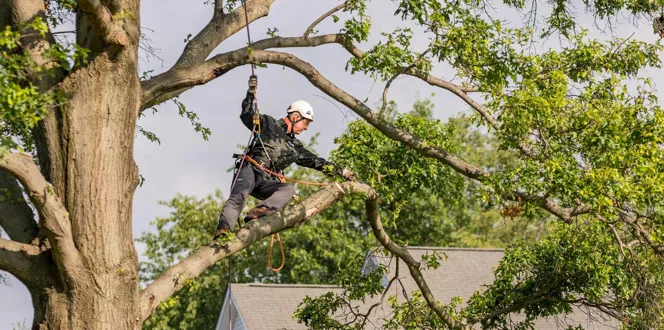As author John Steinbeck once said, “What good is the warmth of summer, without the cold of winter to give it sweetness?” Some of us know all about the extremes of winter: the bitter cold temperatures, arctic-like winds and, of course, blankets of snow and ice.
It’s true, residents of some regions often encounter wicked winter conditions before enjoying the sunny summer days that now seem a lifetime away. But after experiencing heavy snowfall and freezing temperatures—for months on end—can our trees feel that same sweetness of summer? Or, do they still suffer?
Branch breakage is just one sign your trees may be suffering from the winter season. So, how can you help? First, know what causes branch breakage and how to prevent it with these tips:
What Causes Branch Breakage:
- Heavy limbs. Snow or ice storms can add extra weight to limbs and branches. Your trees may not be prepared to bear that extra weight, and may suffer from breakage, wounds, and ragged tears as a result.
- Wicked winds. If one side of a tree is subjected to the heavy, extreme winds that accompany winter storms, it is susceptible to branch breakage. If a branch is broken or hanging as a result of wind, it can be a liability to you and a risk to your home and neighborhood.
How To Prevent Breakage:
- Cable or brace. Be proactive while the weather is still nice and prepare your trees prior to the next winter storm. Limbs and branches can loosely be cabled or braced together to help protect against breakage.
- Let nature do the work. Branch breakage can occur due to the improper removal of ice and snow. If you have just received fresh snow, gently remove it from branches before it freezes and causes extra weight. If your trees are encased with ice, allow the ice to melt naturally.
- Precautionary pruning. Since trees go dormant during winter, the season serves as a great time to prune with little injury. Pruning can help eliminate weak or broken branches, which will only cause more breakage as winter storms and extreme temperatures come into play.







